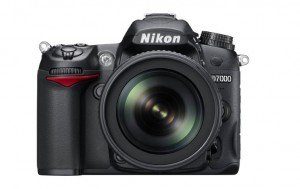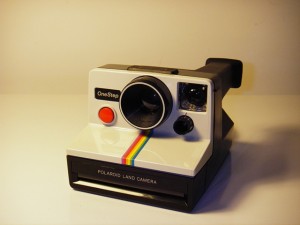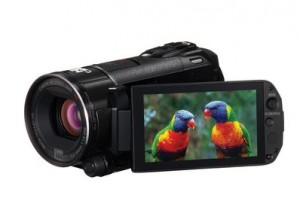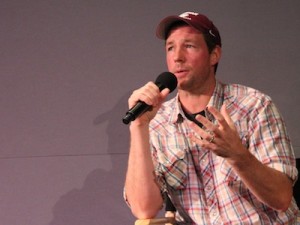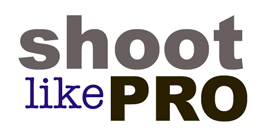Corporate work can be slow and boring, so agencies are refreshingly energetic by contrast. Fast… sometimes too fast but that’s better than sitting still, right?
I just read an interesting piece about the “creative exodus” in adland. It actually contradicted my past 3 days, where I realized that three online-video enthusiasts had moved into three companies (an agency, a mobile company and an agency). Until recently they were brands by themselves… publishers, consultants, studios, etc.
Did they see something I’m missing? Each said they received “an offer I couldn’t refuse,” but also probably gave away some level of freedom and diversity… hopefully none will be the “online video monkey” as the “online monkeys” of the early 2000. Those guys had P&L responsibility for a web shop of specialists who would have rather work at a digital agency. And they held in the same regard that an account executive holds the traffic coordinator… whatshername.
So this article by Matthew Creamer was well timed, and I found this part most fascinating:
“I recently had separate chats with two ad guys in their 20s who have good strategic jobs that keep them close to the work at growing digitally-focused shops with full client lists and strong case studies. These are smart, ambitious thinkers with the right understanding of where the business needs to go. Each has already flirted with the idea of taking important roles at big agencies and the future will probably be relatively kind to them, but instead of focusing on that, they echo the same complaints associated with these senior folks: the limits of client-service models, difficulty to find the time or buy-in for innovation. Neither can really imagine long careers in this or any other client-service business — not when there are Facebooks to be built. Platform and product-development is where it’s at in their minds, the kind of work that allows you to make money while asleep. And advertising will pay the bills until the right idea — and the right deal with the right backer — comes along.”
Interesting. Not sure I’d hold my breath for the next facebook, but who isn’t intrigued with the idea of scaling something that’s big… that’s an annuity stream. Something that requires time and effort, but eventually can be a source of recurring monthly revenue. Oh I’m not talking Amway. I’m talking about “4-hour workweek” (a book well worth reading with a grain of salt).
I’ve made it my mission to never get too comfortable on the client or agency side. Climbing a ladder in a corporation has always struck me as fun as working at the post office (would you like extra stamps with that? how about a PO box? how about tracking and some frenchfries).
For those of you facing corporate versus agency gigs I can tell you that they vary greatly… the agencies are especially bi-polar. On one hand you’re surrounded by a bunch of creative and intelligent people, so it’s energetic, dynamic and keeps you growing. On the other hand, you’re the client’s bitch, you’ll work long unpredictable hours, and deal with managers that may not know how to (or want) to manage.
To demonstrate the bi-polar moment, let me share my “high” and “low.”
Low: As a recent college graduate, I took an unpaid internship at Earle Palmer Brown (he’s one dude), who I guess got bought by Arnold and doesn’t exist anymore. It was depressing as hell and I worked in “traffic” (the idiot who moves shit from one department to another). At happy hours after work, people would encourage me to pursue another impression… and indeed it would be years before I took anything resembling an agency role. Parenthetically I had no business working on creative, but it didn’t stop me from making storyboards and videos for the Arby’s account that had just been secured. The creative director, a big ass Australian named John Doig, would dash past me like I was a homeless guy asking for change.
High: Working with Frontier Media Group, bought by Ikon, which was bought by Qwest. We were creating digital marketing, and educating product directors that really didn’t know how to market. So I’d immerse myself on a topic (Seth Godin’s latest book) and proclaim myself an expert. I had the MBA in marketing and a passion for digital so people would generally write big checks. That was so much fun I dreamed about it last night… only in the dream it wasn’t an agency it was CIA. Covert Ops. And I had a kickass boat that doubled as a plane. Didn’t know how to slow it down, so I just focused on turning at the right moments. I somehow avoided crashing it, and finally learned to maneuver it pretty well.
Except I never did figure out how to slow it down.
